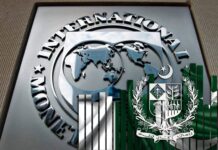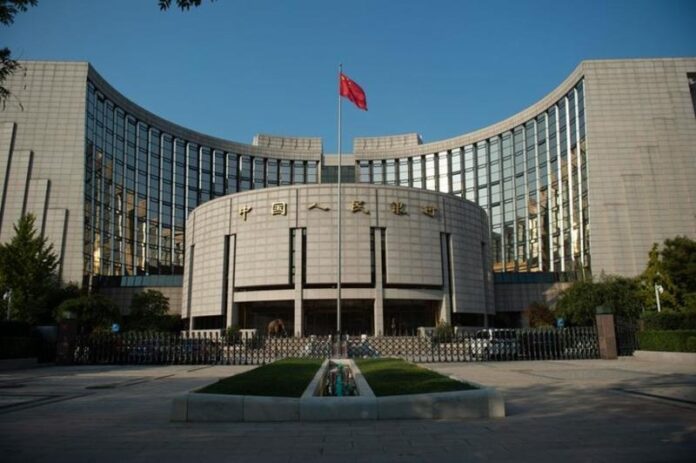China cut its benchmark lending rates on Tuesday for the first time since October, as officials try to support the economy while managing the effects of the trade war with the United States.
The People’s Bank of China lowered the one-year loan prime rate by 10 basis points to 3.0% and the five-year rate to 3.5%. These are the lowest levels since the country changed the loan prime rate system in 2019.
The move is aimed at encouraging more borrowing and spending as the economy shows signs of slowing. Most new and existing loans in China are tied to the one-year rate, while the five-year rate affects mortgage costs.
At the same time, China’s biggest state-owned banks, including the Industrial and Commercial Bank of China, Agricultural Bank of China, China Construction Bank, and Bank of China, cut their deposit rates by 5 to 25 basis points. The deposit rate reductions are expected to guide smaller banks to do the same.
Bank stocks in China rose slightly after the rate announcement. The central bank hopes these steps will help increase lending and boost consumption.
The rate cuts follow other recent efforts by officials to support the economy, including discussions with the United States that helped ease trade tensions. However, the broader economic recovery remains fragile.
Housing prices have shown little growth, and lending activity dropped more than expected last month.
China’s biggest banks have seen their profits squeezed by lower lending rates. Their net interest margins, a key measure of profitability, fell to a record low of 1.43% in the first quarter of this year. These latest cuts are also meant to ease pressure on banks while trying to keep credit flowing in the economy.
























